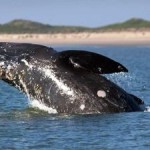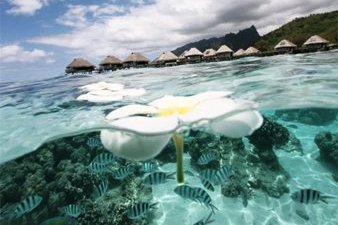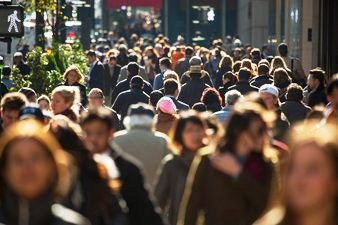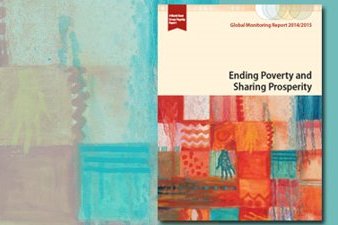 Busy shipping lanes off the California coast, including routes that cross three national marine sanctuaries, will be adjusted to protect endangered whales from ship strikes.
Busy shipping lanes off the California coast, including routes that cross three national marine sanctuaries, will be adjusted to protect endangered whales from ship strikes.
Last month, the International Maritime Organization (IMO), which governs shipping worldwide, announced it adopted three proposals deemed necessary to improve navigational safety and to reduce ship strikes on the approach to San Francisco Bay, the Santa Barbara Channel and the Ports of Los Angeles and Long Beach. Vessels in these areas also travel through NOAA‘s Cordell Bank, Gulf of the Farallones and Channel Islands national marine sanctuaries where blue, humpback and fin whales feed and congregate.
“This is a win-win situation, backed by NOAA research that allows for enhanced protection of endangered whales and natural resources while at the same time increasing maritime safety,” said William J. Douros, west coast regional director of NOAA’s Office of National Marine Sanctuaries. “We are pleased with the shipping industry and the IMO’s decision to support the proposed amendments.”
“The collaboration between NOAA and the Coast Guard in reviewing and modifying these vessel traffic separation schemes demonstrates the strong working relationship between our two agencies,” said Rear Admiral Karl Schultz, Eleventh Coast Guard District Commander. “The modifications to the traffic lanes balance the safe and efficient flow of commerce within and between our nation’s ports, with NOAA’s goal of reducing whale strikes from vessels.”
Slow-moving whales are highly vulnerable to ship strikes, since many of their feeding and migration areas overlap with shipping lanes. In 2007, four whales (all blue whales) were killed by confirmed or likely ship strikes in and around the Santa Barbara Channel. In 2010, five whales (two blue, one humpback, and two fin whales) were killed by confirmed or likely ship strikes in the San Francisco area and elsewhere along the north-central California coast.
Extending the three lanes in the approach to San Francisco Bay is expected to reduce interactions between ships and whales within Cordell Bank and Gulf of the Farallones national marine sanctuaries. According to the IMO decision, the lane extensions will improve maritime safety in the area by keeping vessels on a dedicated route through prime fishing grounds, which will reduce interaction between fishing vessels and commercial ships.
The proposed vessel lane changes in the Santa Barbara Channel and Channel Islands National Marine Sanctuary narrow the overall width of the existing lanes and shift the southbound lane one nautical mile north. This change will move vessels away from an area used by feeding blue and humpback whales.
The vessel lane changes are anticipated to take effect in 2013. Blue, humpback and fin whales are protected by the Endangered Species Act, Marine Mammal Protection Act and National Marine Sanctuaries Act.
In 2007, NOAA’s Office of National Marine Sanctuaries worked to shift shipping lanes in Stellwagen Bank National Marine Sanctuary, off the coast of Massachusetts. This modification now protects endangered whales in the sanctuary and has reduced the risk of ships striking whales by 81 percent.
Source: National Oceanic and Atmospheric Administration (NOAA).
NOAA‘s mission is to understand and predict changes in the Earth’s environment, from the depths of the ocean to the surface of the sun, and to conserve and manage our coastal and marine resources.















